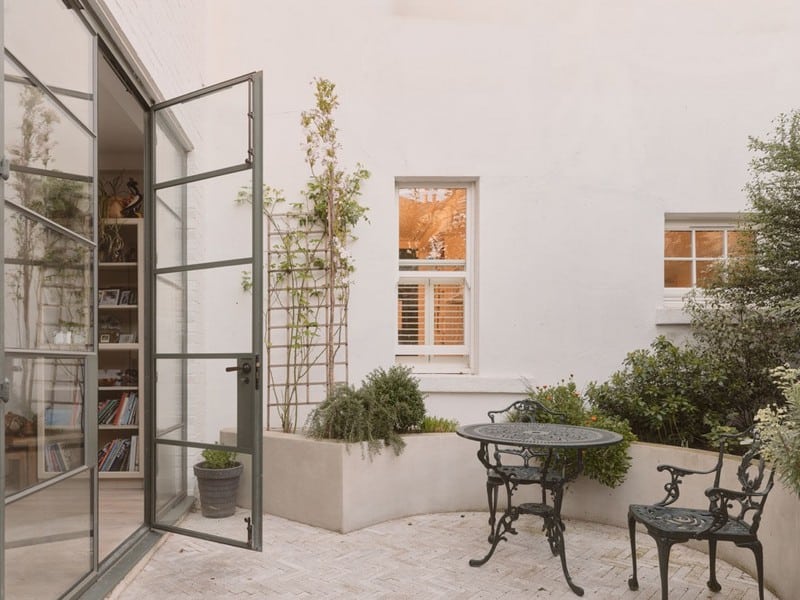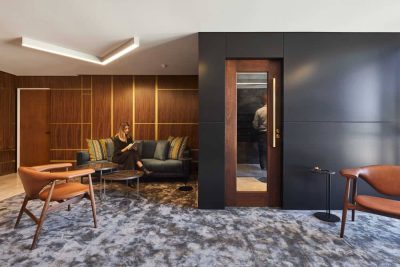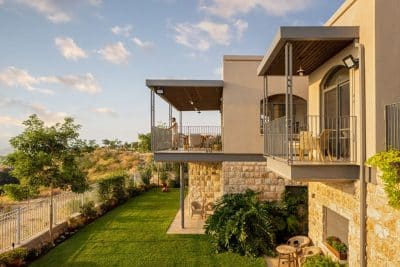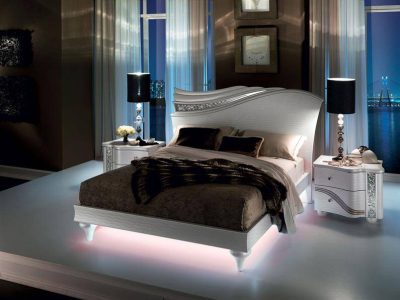
If you are planning to renovate a home or upgrade a commercial space, Crittall Doors might already be on your wishlist. Their clean lines, timeless design, and ability to merge indoors with outdoors make them a favourite among architects, designers, and builders alike.
But as stunning as they look, not all steel-look doors are created equal. What lies beneath the surface is their thermal performance, build quality and installation expertise. These factors make all the difference.
Before committing to a supplier or signing off on your next project, asking the right questions can help you avoid hidden costs and future headaches.
In this guide, we will break down the five most important questions to ask before buying a Crittall-style door. These questions are essential for making sure you get beauty, performance, and long-term value in one package.
1. Is It Truly a Crittall Door or Just Crittall-Style?
Many buyers are surprised to learn that Crittall is actually a registered brand. While the term has become synonymous with slimline steel doors and windows, only a few manufacturers hold the original label.
At the same time, several premium steel specialists now deliver doors with performance that matches—or sometimes exceeds—traditional Crittall products.
Understanding whether you are buying from a licensed Crittall manufacturer or a trusted alternative matters, because quality varies greatly in the market.
Some cheaper steel-look products use aluminium frames or lack proper thermal breaks, which can affect both aesthetics and functionality.
Instead of focusing only on the look, find out who manufactures the door, what materials are used, and which systems are in place to ensure durability and performance.
2. How Energy Efficient Is the Door System?
Energy efficiency plays a crucial role in both comfort and utility costs. While traditional steel doors were often criticised for poor insulation, modern manufacturing has transformed their performance.
This is especially important for properties in colder areas of the UK or period homes that need a balance of modern efficiency with traditional aesthetics.
Today’s steel doors feature thermally broken profiles and advanced glazing, offering enhanced insulation without sacrificing style or design.
Here is a helpful comparison between traditional steel doors and thermally broken models:
| Feature | Traditional Steel Doors | Thermally Broken Steel Doors |
| Thermal Rating | Low | Certified A-Rated |
| Part L Compliance | Often Non-Compliant | Fully Compliant |
| Risk of Condensation | High | Low |
| Energy Savings Over Time | Minimal | Significant |
When choosing a supplier, request U-value documentation and written details of thermal performance. These figures determine whether the door can stand up to daily use and UK climate demands.
3. What Sightlines and Style Options Are Available?
One of the main reasons people fall in love with Crittall-style doors is the slim sightlines. These narrow frames maximise natural light and create a sleek, open feel that suits both modern and traditional interiors.
However, the difference between suppliers can be dramatic. Some offer thicker frames or less refined detailing, which can make the door feel bulky.
Always explore details such as profile dimensions, glass-to-frame ratio, and customisation options. Can you choose different RAL colours, adjust handle finishes, or request grid-free versions?
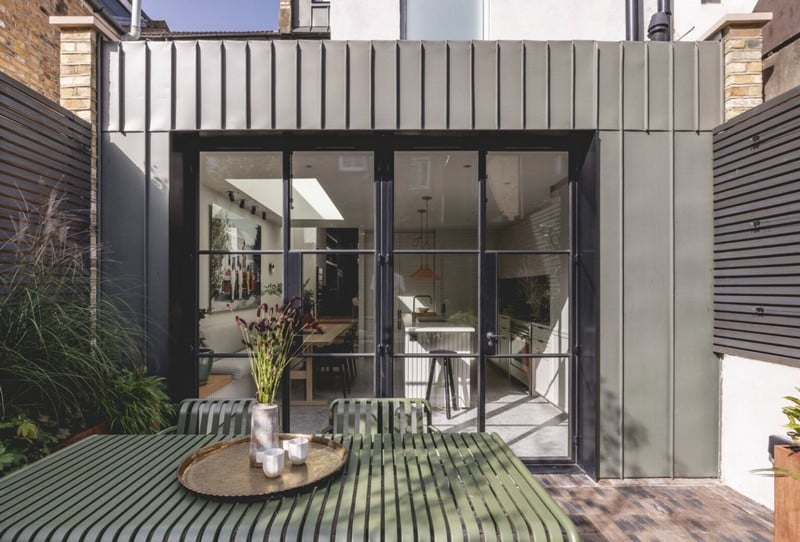
4. Is the Door Truly Bespoke to My Space and Needs?
Steel doors should never be an off-the-shelf product. Every property is unique, with different dimensions, thresholds, and design goals. A made-to-measure door ensures better performance, easier installation, and seamless integration with surrounding architecture.
So, instead of asking whether it fits, check whether the product is being fabricated specifically for your project.
High-quality manufacturers build each unit from scratch, using CNC precision engineering. This allows tighter tolerances, which result in better sealing, smoother operation, and longer product life.
Ideally, the process should include a site survey, CAD drawings, and the flexibility to accommodate unusual openings or bespoke design requests.
5. Who Will Handle the Installation – and Is It Nationwide?
Buying a high-quality door is only half the equation. Proper installation is just as critical, especially with heavy steel frames that demand accuracy. Some suppliers outsource this stage, which can cause delays, inconsistent workmanship, or even voided warranties.
Clarify in advance who is responsible for installation, what training they have, and whether the service covers your area.
For the best results, work with a supplier that manages the entire process in-house—from consultation to final fitting. This approach ensures stronger quality control, smoother communication, and greater peace of mind for both homeowners and builders.
Bonus Question: What Is the Lead Time and Overall Process?
In construction and renovation, time matters. Some suppliers quote vague or changing lead times, while others follow a transparent process, for example:
- Consultation & Quote
- Style Discussion & Survey
- Design Drawings & Estimate
- Manufacturing
- Quality Checks & Installation
Conclusion
Choosing a Crittall-style door is a long-term investment in both function and design. By asking the right questions early on—about certification, performance, style, and installation—you protect your budget and ensure lasting quality.
Do not settle for appearance alone. Look deeper into materials, energy efficiency, and installation expertise.
By doing so, you’ll secure a product that blends elegance with performance, offering value that endures for years to come.
